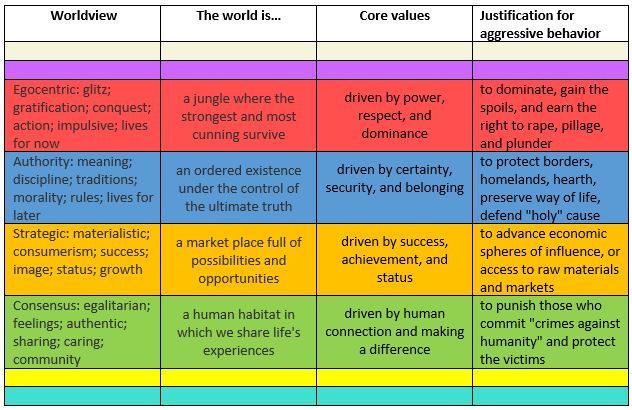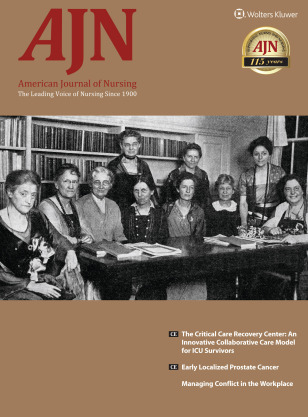[Edited 8/6/16] At a time when many are celebrating the official nomination of Hillary Rodham Clinton I am also acutely aware that many are not. While there are many valid concerns that have been raised, what troubles me most is to hear the contempt and disbelief that anyone could support Trump. It concerns me because it reflects a de-humanizing and de-valuing of many in the white working class.
We expect that our students and coworkers will be sensitive to the values and personal goals our patients and their families. We expect nurses to be non-judgemental towards patients who are living in poverty, suffering from addictions, or making decisions that do not seem based in upper-middle class norms and values. Can we also expect nurses to develop an understanding of how to be respectful and understand what is important to people with different political views.
Sociopolitical Knowing is a core strength of professional nursing. Conceptualized by Jill White in 1995, sociopolitical knowing occurs on two levels:
1) the sociopolitical context of the persons (nurse and patient), and 2) the sociopolitical context of nursing as a practice profession, including both society’s understanding of nursing and nursing’s understanding of society and its politics. [emphasis added]
To start the dialogue, I am circling back to the Spiral Dynamics model that was used to organize the sociopolitical context of nursing in the published Results from the Nurse Manifest 2003 Study: Nurses’ Perspectives on Nursing.

Basics principles of leadership and motivation according to Spiral Dynamics:
- identify the specific needs and capacities of individuals and groups, and
- calibrate the precise developmental messages that fit each unique situation.
Sociopolitical knowing requires an understanding of how to connect with and motivate people where they are. It means developing an understanding of what messages will be most effective in “pushing someone’s buttons” or eliciting a strong emotional response. The table below highlights the most prevalent value memes in modern society – defined through worldview, core values, and value-based reasons for violence and war.

How Trump connects: From sexual innuendos and vulgar speech to stoking conspiracy theories and racist viewpoints, Trump often makes his connection with people’s minds, guts, and testicles. He has effectively tapped into pent-up frustrations and fears, justifying aggression and intolerance to make America “great again” (red and orange) and “safe again” (blue and green).
How Clinton connects: From It Takes a Village to Hard Choices, Clinton has a long history of speaking to people’s hearts, minds, and ovaries. She has effectively tapped into national pride and hope, focusing on accomplishments that make America “great right now” (red and orange) and safer through unity and tolerance (blue and green).
Both campaigns employ messaging that is strategically targeted at different audiences. The point of this blog entry was not to start a political debate — this is not the place for that. Rather, I am hoping to start a conversation about understanding how we might apply sociopolitical knowing to strengthen our ability to communicate with others. I hope that through application of sociopolitical knowing we can better connect with different communities about the work of nursing, and issues that impact the patient populations and communities we serve.
Please help build the dialogue around sociopolitical knowing, through comments here, and conversations with your coworkers, family, and friends.
References for further reading:
Beck, D. E. Human Capacities in the Integral Age: How Value Systems Shape Organizational Productivity, National Prosperity and Global Transformation
Charen, M. What Hillbilly Elegy Reveals About Trump and America: A harrowing portrait of the plight of the white working class. National Review, July 28, 2016.
Harryman, W. Is Hillary Clinton the First Integral Politician? Integral Options Cafe, November 6, 2005.
Jarrín, O. F. Results from the Nurse Manifest 2003 Study: Nurses’ Perspectives on Nursing. Advances in Nursing Science, 29(2), E74-E85.
Pew Research Center. Few Clinton, Trump Supporters Have Close Friends on the Other Side. August 3, 2016.
Schwartzbach, S. M. Drowned: Nurses Under Water. The Nurse Sonja. July 27, 2016.
Vance, J. D. Hillbilly Elegy: A Memoir of a Family and Culture in Crisis. 2016; HarperCollins: New York, NY.
White, J. Patterns of knowing: review, critique, and update. ANS Adv Nurs Sci. 1995 Jun;17(4):73-86.

 Nurses also took action by protesting outside of the Whitehouse on April 21 and reading aloud the names of nurses who died from contracting COVID19 in the workplace: Nurses Whitehouse Protest
Nurses also took action by protesting outside of the Whitehouse on April 21 and reading aloud the names of nurses who died from contracting COVID19 in the workplace: Nurses Whitehouse Protest





